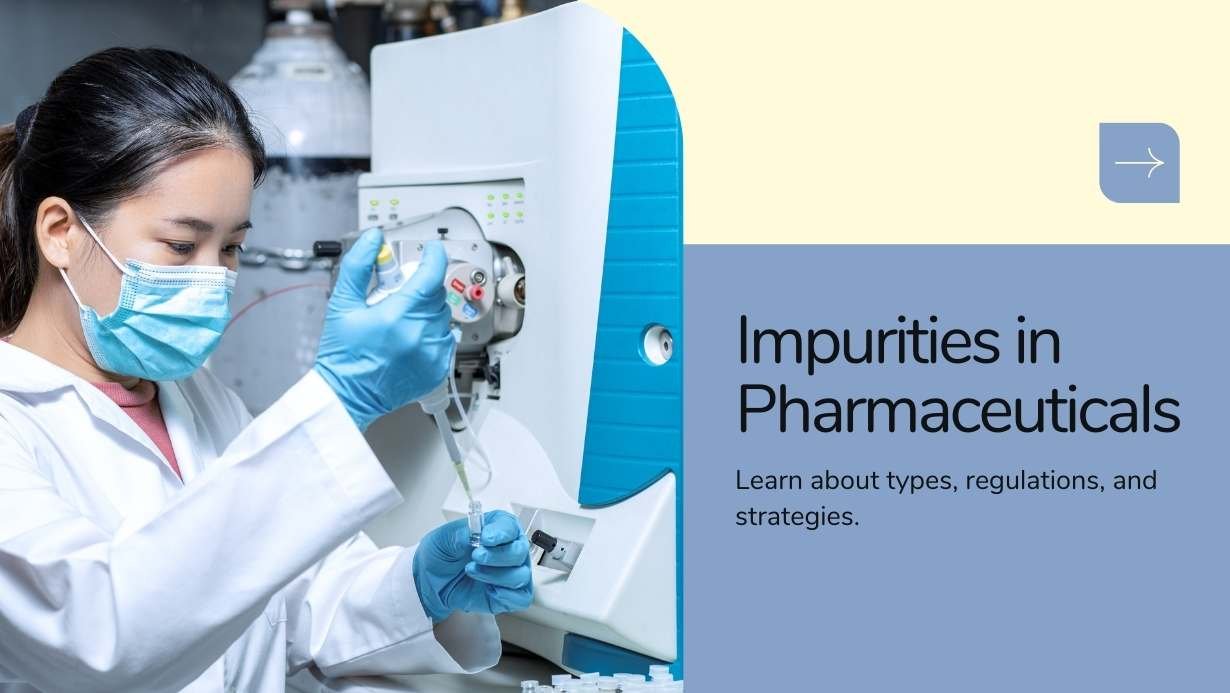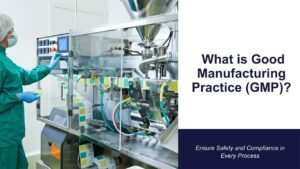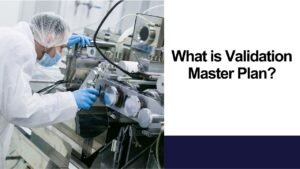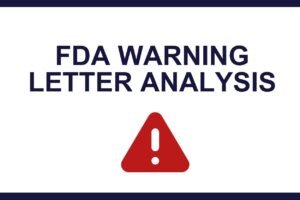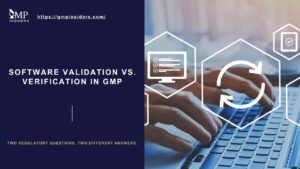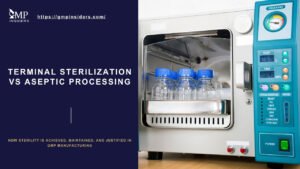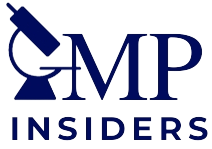In the pharmaceutical industry, the presence of impurities in drug substances and drug products can have a significant impact on the quality, safety, and efficacy of medications. Impurities are unwanted chemicals that can arise during the synthesis, formulation, or ageing of active pharmaceutical ingredients (APIs) and finished products; therefore, it is crucial to carefully identify and manage these substances (impurity profiling).
According to International Council for Harmonisation (ICH) impurities are any components of the drug product that are not defined as a drug substance or excipient in the drug product. This article explores the different types of impurities, regulatory guidelines, and strategies for impurity testing in the pharmaceutical industry.
Types of Impurities in Pharmaceuticals
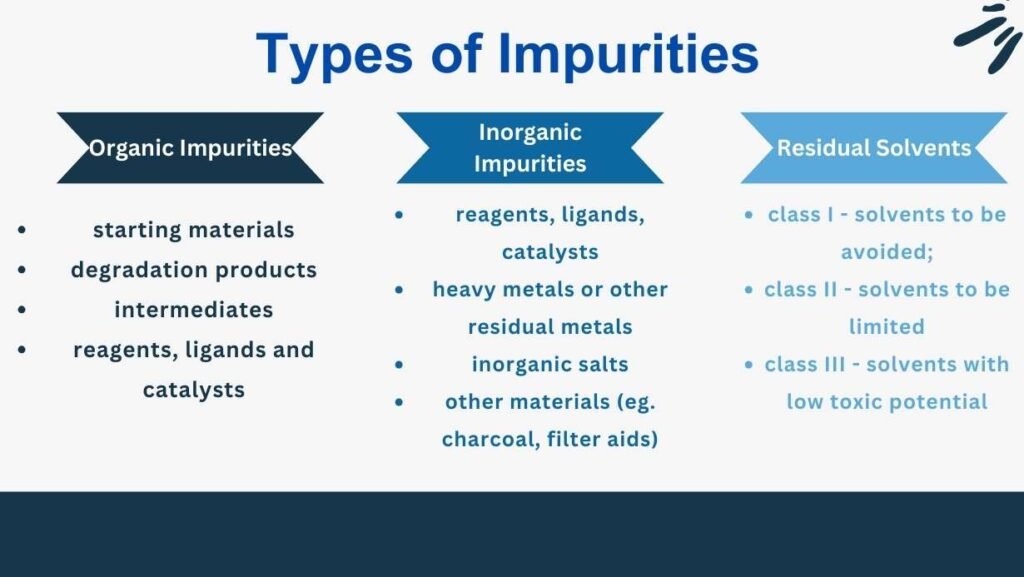
Impurities in pharmaceuticals can be classified into three main categories: organic impurities, inorganic impurities, and residual solvents.
Organic Impurities
Organic impurities are substances that are closely related to the drug product and can arise during the synthesis, purification, or storage of the drug substance. These impurities may be residual solvents used in the synthesis process or degradation products formed due to the chemical or biosynthetic route. They can have a significant impact on the stability, efficacy, and safety of the drug product.
Impurities in drug products can arise not only from the drug substance used in the formulation for the drug product, but they can also be brought to the final product during the production process or by contact with the primary packaging.
Inorganic Impurities
Inorganic impurities in pharmaceuticals are typically detected and quantified using pharmacopeial or other appropriate standards. These impurities may originate from excipients or manufacturing processes. Examples of inorganic impurities include reagents, ligands, catalysts, heavy metals, inorganic salts, and other materials.
The presence of inorganic impurities in drug products must be controlled to ensure product safety and compliance with regulatory standards.
Residual Solvents
Residual solvents are volatile organic chemicals that may remain in drug substances or excipients or in a drug product as a result of the manufacturing process. These solvents can have toxic effects and may impact the product’s quality, efficacy, and safety.
ICH has classified residual solvents into three classes based on their toxicity:
- Class 1 solvents are known human carcinogens or have other unacceptable toxicity levels and should be avoided.
- Class 2 solvents have some level of toxicity and should be limited in pharmaceutical products.
- Class 3 solvents have low toxicity potential and do not require specific limits.
The presence of residual solvents in pharmaceutical products can affect their purity, stability, and safety. Therefore, their identification and control are essential for ensuring the quality of drug products.
Regulatory Requirements for Impurity Management
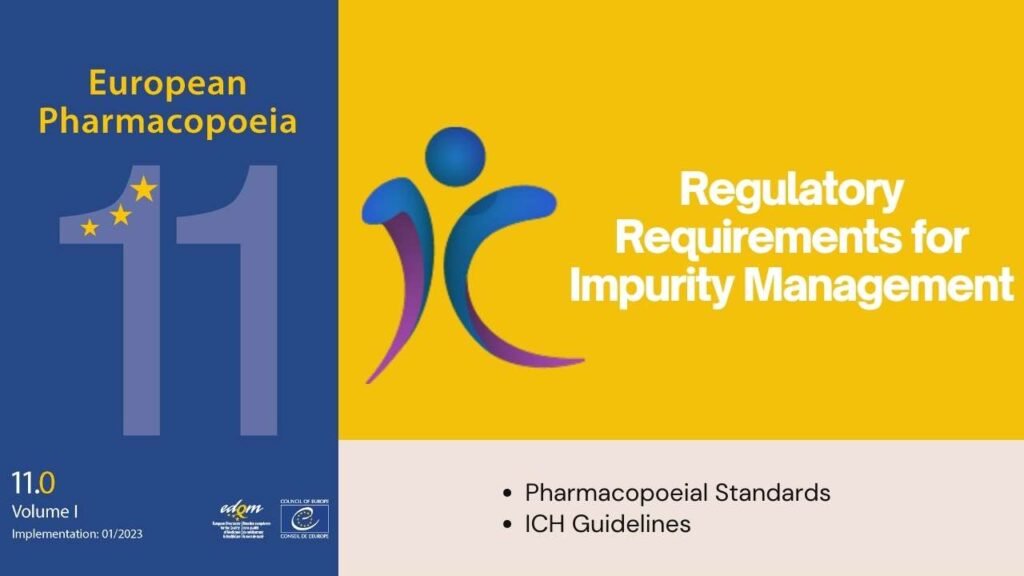
To ensure the quality and safety of pharmaceutical products, regulatory authorities have established guidelines for managing impurities in drug substances and pharmaceutical products.
Pharmacopoeial Standards
Various pharmacopoeias, including EP (European pharmacopoeias), BP (British pharmacopoeias), USP (United States pharmacopoeias), IP (Indian pharmacopoeias), and others, are gradually establishing limitations on the acceptable quantities of impurities contained in APIs or drug formulations.
ICH Guidelines
The International Council for Harmonisation (ICH) has developed guidelines, such as Q3A, Q3B, and Q3C, which provide comprehensive guidance on the identification, qualification, quantification, and control of impurities in drug substances and drug products.
- ICH Q3A (R2) focuses on providing guidance for registration applications on the content and qualification of impurities in new drug substances that are not previously registered in a region/member state and are produced by chemical synthesis. The guideline emphasises the need to conduct studies to characterise impurities and includes threshold limits for impurities in drug substances.
- ICH Q3B (R2) guideline focuses on impurities in new drug products. It defines impurities that may arise from the drug substance itself, its degradation products, or the interaction between the drug substance and excipients or primary packaging materials. This guideline emphasises the importance of monitoring and specifying the number of degradation products, summarising degradation products during manufacture and stability studies, and establishing specifications for all degradation products.
- ICH Q3C (R8) provides guidelines for controlling residual solvents in drug substances, excipients, and drug products. It classifies solvents into three classes based on their toxicity and provides recommended acceptable concentration limits for each class. These guidelines help ensure the safe use of solvents in pharmaceutical manufacturing processes.
Strategies for Establishing Analytical Methods and Acceptance Criteria for Impurities

The establishment of analytical methods and acceptance criteria for impurities in pharmaceutical products is a critical step in impurity management. Impurity testing involves the isolation, identification, and quantification of impurities in pharmaceutical products. It plays a crucial role in drug development, quality control, and regulatory compliance.
Stress Studies and Stability Testing
Stress studies and stability testing are essential for identifying potential impurities and their degradation pathways that may arise during storage or under extreme conditions.
Stress studies involve subjecting the drug substance or drug product to various stress conditions, such as temperature, humidity, light, and pH, in order to accelerate the degradation process and induce degradation. The results of forced degradation studies contribute to the establishment of impurity profiles and the development of appropriate analytical methods.
Stability studies are also conducted to assess the stability of the drug substance and drug product under recommended storage conditions over time. These studies provide valuable information on the degradation kinetics and degradation pathways of impurities, allowing for the identification and monitoring of the formation of impurities during storage, as well as data for establishing shelf-life and storage conditions.
Analytical Method Development and Validation
The development and validation of analytical methods are crucial for the accurate identification and quantification of impurities. High-performance liquid chromatography (HPLC), gas chromatography (GC), mass spectrometry (MS), and other analytical techniques are commonly used in impurity analysis. These techniques allow for the separation, identification, and quantification of impurities in complex drug matrices.
Validation of analytical methods provides confidence that the chosen analytical method is specific, sensitive, accurate, and precise to ensure reliable impurity detection and quantification. Validation of the analytical method involves evaluating performance parameters such as linearity, accuracy, precision, limit of detection (LOD), and limit of quantification (LOQ).
This process is vital not only for regulatory compliance but also for safeguarding patient well-being. By validating analytical methods, pharmaceutical manufacturers can effectively identify, monitor, and control impurities, helping to mitigate potential risks associated with their presence.
Establishment of Acceptance Criteria
Acceptance criteria (limits) for impurities in pharmaceutical products are established based on regulatory guidelines, pharmacopeial standards, toxicological considerations, and therapeutic dose levels. These criteria define the maximum allowable limits for impurities and ensure the safety and quality of the drug products.
The acceptance criteria should consider the potential risks posed by impurities, including genotoxicity, mutagenicity, and carcinogenicity. Thresholds of toxicological concern (TTC) and permitted daily exposure (PDE) values may be used as reference values for assessing the safety of impurities.
FAQs: Impurities in Pharmaceuticals
Impurities can originate from various sources, including the drug substance itself, the manufacturing process, and the primary packaging materials. They can also result from interactions with equipment and the environment during production.
Analytical methods such as high-performance liquid chromatography (HPLC), gas chromatography (GC), and mass spectrometry (MS) are commonly used to detect and quantify impurities in pharmaceuticals. Validation of these methods is crucial to ensure accuracy and reliability.
Regulatory agencies like the FDA and EMA provide strict guidelines for controlling impurities in pharmaceuticals. These guidelines outline acceptable levels of impurities, methods for testing, and the importance of method validation.
Pharmaceutical companies can take proactive measures by carefully selecting raw materials, optimising manufacturing processes, conducting thorough risk assessments, and implementing robust quality control measures to prevent and control impurities.
Impurities in pharmaceuticals can pose risks such as reduced drug potency, adverse reactions, toxic effects, and decreased shelf life. Therefore, their control and monitoring are critical to ensure patient safety.
Pharmaceutical companies typically conduct regular testing for impurities during various stages of drug development, production, and quality control. The testing frequency may vary based on the specific drug and regulatory requirements.
While impurities can be minimised and controlled, complete elimination may not always be feasible. The goal is to ensure that impurity levels remain within acceptable limits defined by regulatory agencies, minimising potential patient risks.
Conclusion
The management of impurities in pharmaceutical products is of utmost importance to ensure their quality, safety, and efficacy. Organic impurities, inorganic impurities, and residual solvents can arise from various sources and can have detrimental effects on the drug product.
Regulatory guidelines and pharmacopeial standards provide a framework for the identification, quantification, and control of impurities. Through continuous research and advancements in analytical method development, stress studies, stability testing, and establishing acceptance criteria, the pharmaceutical industry contributes to developing safe and effective drugs that meet the highest quality standards.

